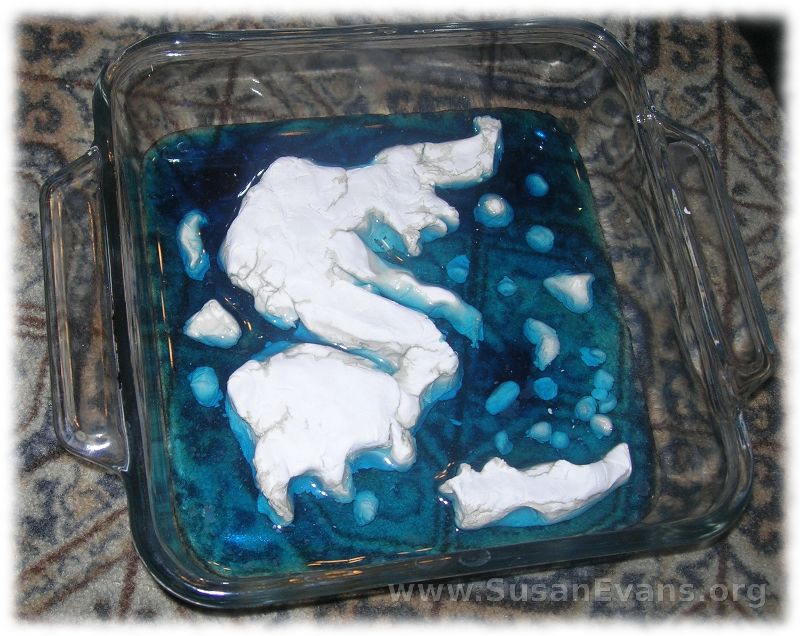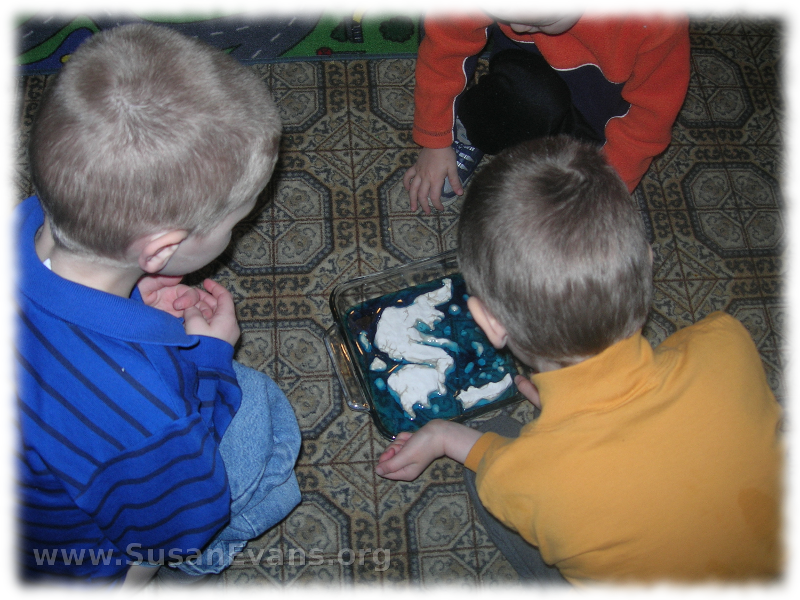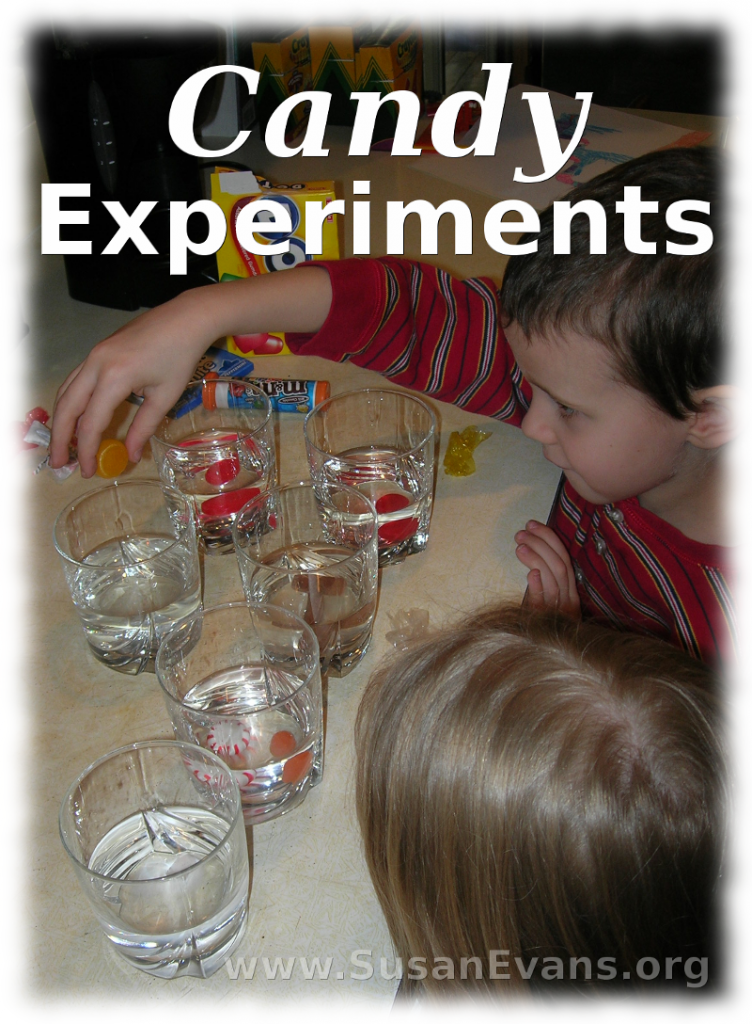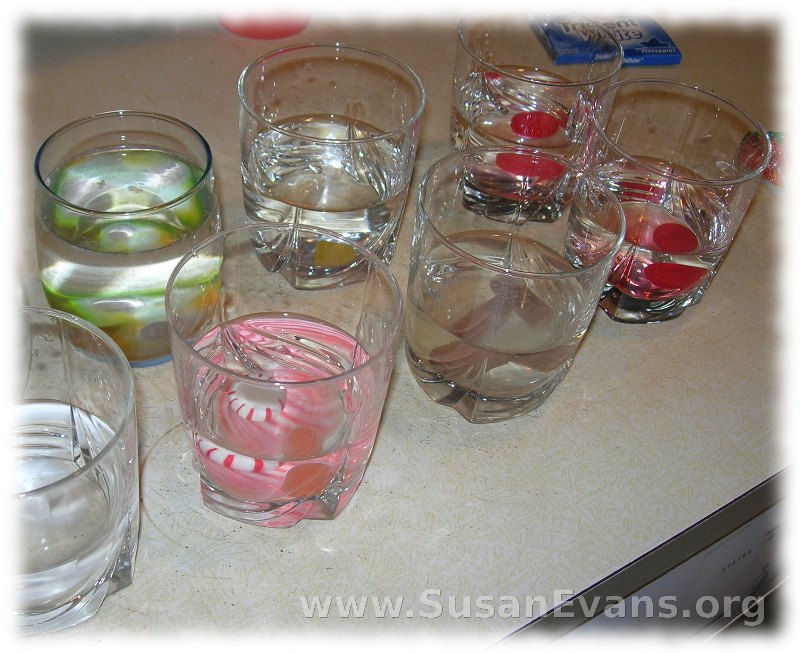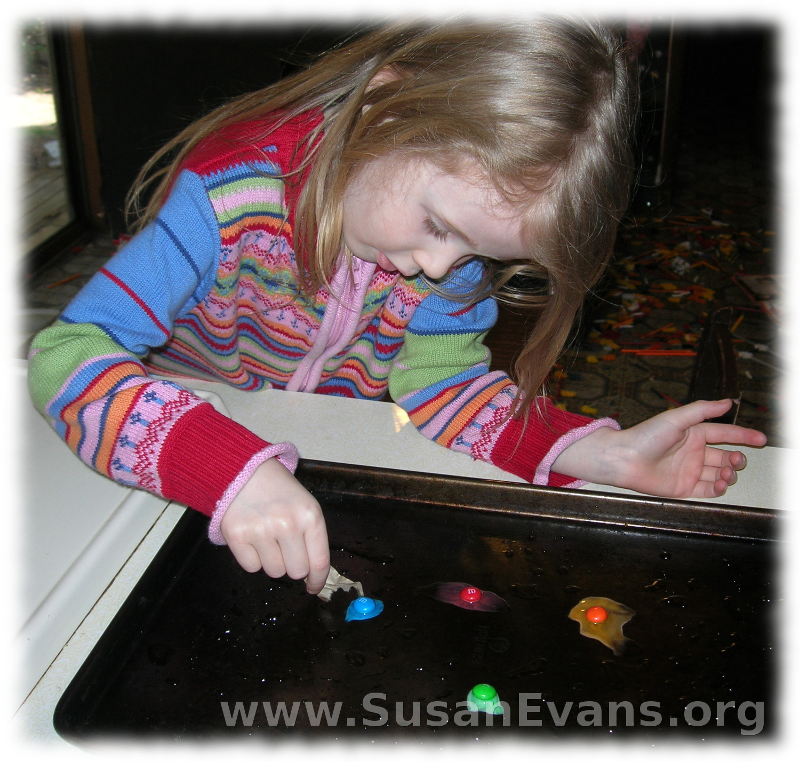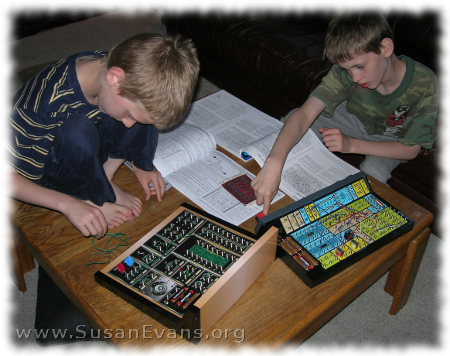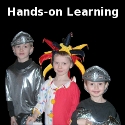Last time we studied Ancient Greece, we made a three-dimensional model of Greece. I bought some white air-hardening clay, and the children helped me to mold it into the shape of Greece. We made dots for all the islands, and a worm-like blob for Crete.
We let it harden for two days in a square pyrex dish. Then we poured water into the dish, lower than the level of the clay. We tinted the water blue with food coloring. It looked stunning!
If you don’t have the clay to do this easy activity, just go ahead and color a simple map of Greece. Your children can still learn quite a lot just by coloring the shape of the country. If you have some Greek music, you can play that in the background while they are coloring, so they associate the country with the music.
